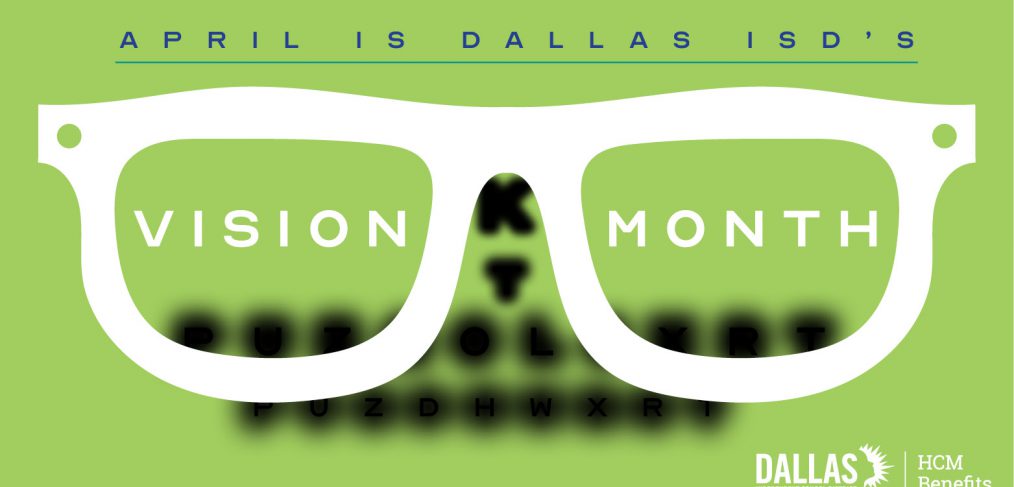
Fight the dryness
As home and office space merged during the pandemic, many people said they spent more time in front of screens and developed issues such eye strain, headaches, and dry eye.
According to the American Academy of Ophthalmology, digital eye strain is a group of eye problems that can happen after staring at a screen for too long. The symptoms include blurry vision, headaches, and tired, dry eyes. These problems happen because people tend to blink less often when using screens, which means their eyes are less moisturized. Extended reading, writing or other intensive near work can also cause eye strain.
“The good news is that looking at a computer, tablet or smartphone for long periods of time will not cause permanent damage,” said Dianna Seldomridge, MD, clinical spokesperson for the American Academy of Ophthalmology. “As we’ve all experienced, staring at a screen for too long can cause some uncomfortable symptoms. But there are some simple changes you can make to ease the discomfort.”
- Make taking breaks a habit. Set a timer on your phone or watch to remind you to look 20 feet away every 20 minutes for 20 seconds. This can be as simple as looking away from your computer screen or out the window. If you’re not in the middle of a Zoom call, you can also just shut your eyes for 20 seconds.
- Practice eye ergonomics. Sit 18 to 25 inches away from your computer screen, about arm’s length. Adjust screen brightness and contrast so that it feels comfortable. Also, position the screen so your eyes gaze slightly downward, not straight ahead or up.
- Use artificial tears. Eye drops will help keep your eyes moist and relieve the discomfort of dry eye. These can be bought over the counter without a prescription.
- Consider a humidifier. A humidifier will add moisture to the air and minimize dry eye. This is especially good for people who live in cold areas and use heaters often.
- Consider computer glasses. If you have trouble seeing your screen, ask your doctor about computer glasses. These progressive lenses are specifically designed for focusing on computer screens, which are usually positioned about 20 to 26 inches away from the face.
If symptoms continue after trying these tips, see your ophthalmologist. For more information on eye health, visit www.eyesmart.org.



